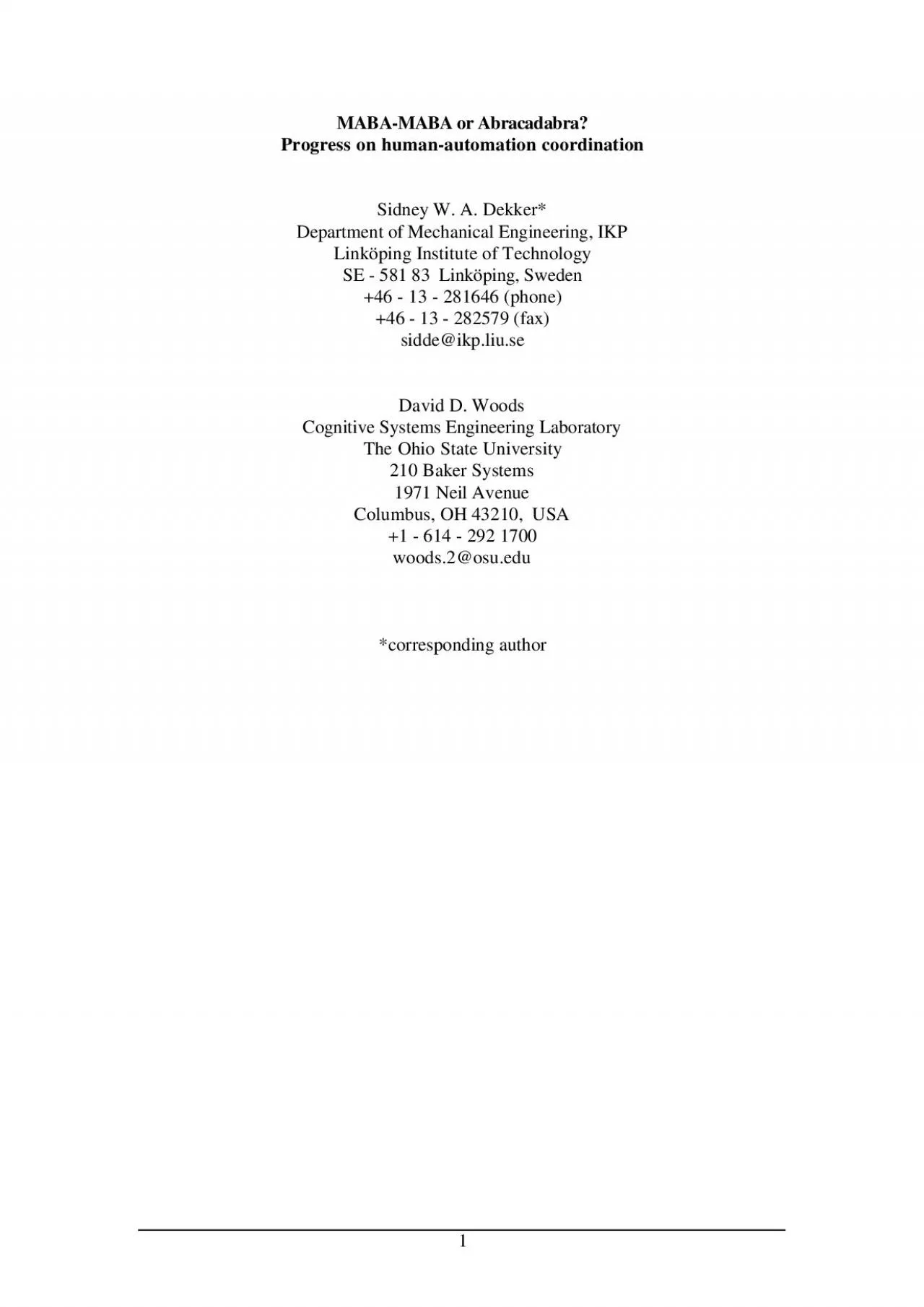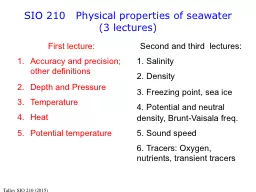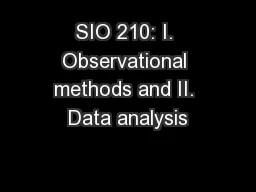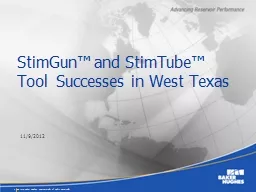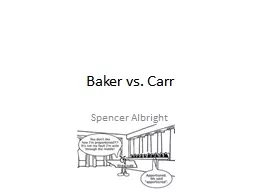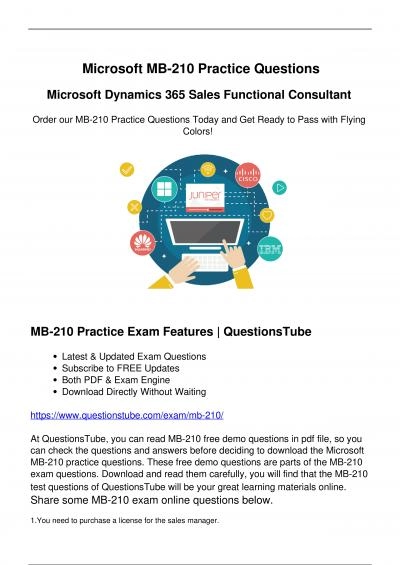PDF-210 Baker Systems
Author : jade | Published Date : 2021-09-07
12provide progress on humanautomation coordination Quantitative who does whattransforms human practice and forces people to adapt their skills and routines Rather3information
Presentation Embed Code
Download Presentation
Download Presentation The PPT/PDF document "210 Baker Systems" is the property of its rightful owner. Permission is granted to download and print the materials on this website for personal, non-commercial use only, and to display it on your personal computer provided you do not modify the materials and that you retain all copyright notices contained in the materials. By downloading content from our website, you accept the terms of this agreement.
210 Baker Systems: Transcript
Download Rules Of Document
"210 Baker Systems"The content belongs to its owner. You may download and print it for personal use, without modification, and keep all copyright notices. By downloading, you agree to these terms.
Related Documents

